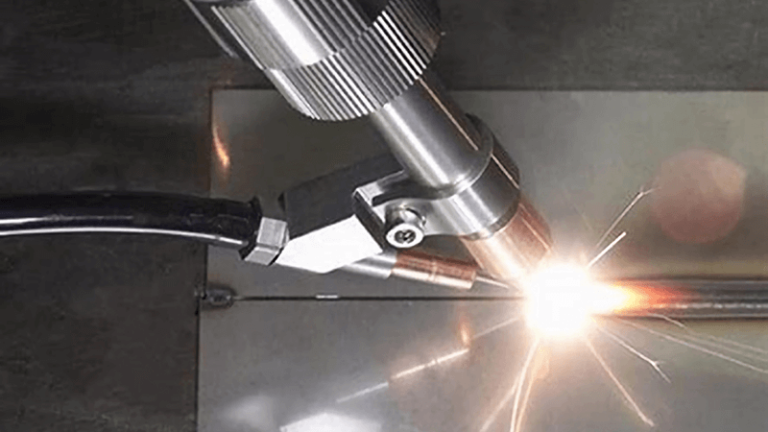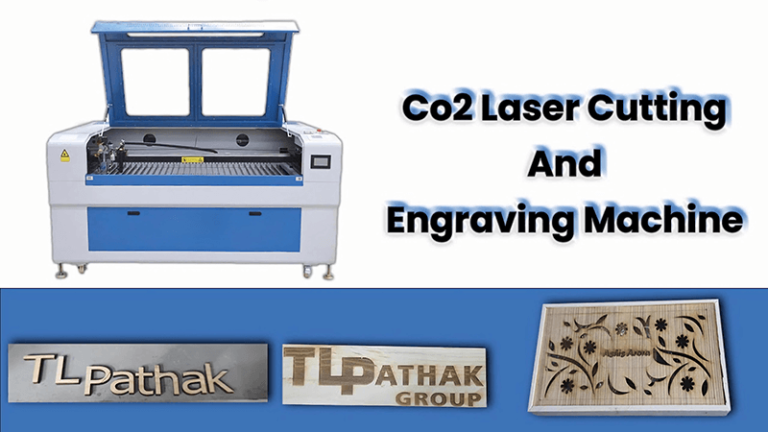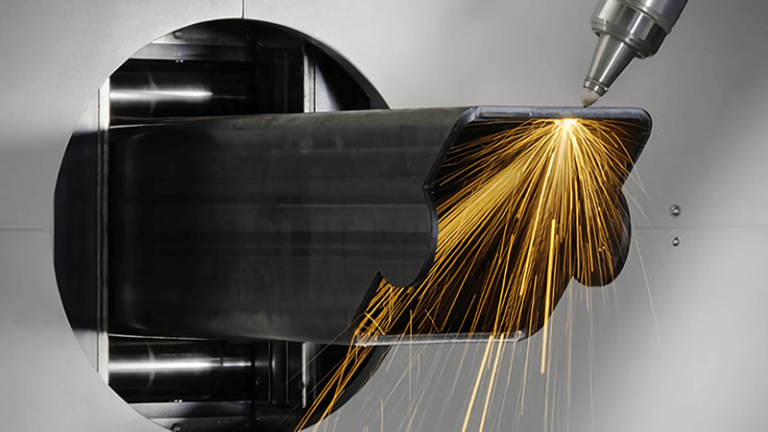What is Laser Cutting and Why Does it Matter?
Are you familiar with the term laser cutting but not quite sure what it entails? Or perhaps you've heard of it and want to dive deeper into its applications? Laser cutting is one of those technologies that's quietly revolutionizing various industries, from metal fabrication to textiles. But what exactly is it, and why should you care about this tech?
Laser cutting is a technology that uses a laser to slice through materials, achieving high precision and speed. It's like using a light saber to cut through a block of steel, but much more controlled and precise. The process is vital in manufacturing because it allows for complex designs to be cut out with minimal waste, making it a go-to for industries needing accuracy.
Now, if you're thinking, "That sounds cool, but how does it work?" you're in the right place. Let's break it down, step by step. This mainly combines my many years of work experience and refers to some of the latest developments in the industry.
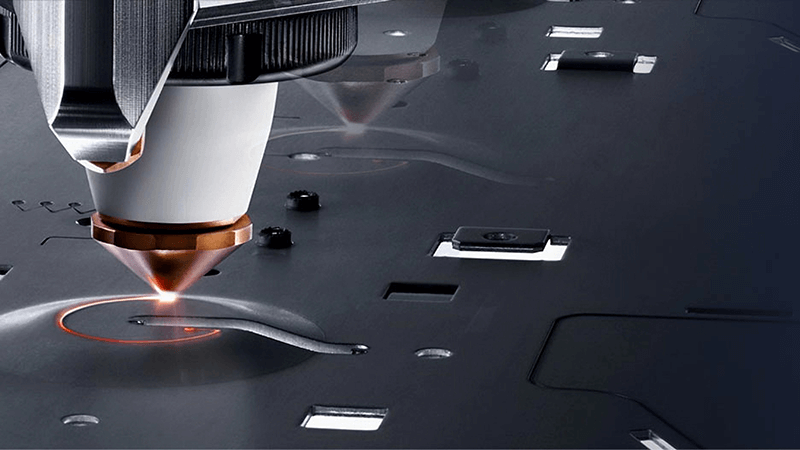
How Does Laser Cutting Work?
Imagine focusing a beam of light so intense that it can melt or vaporize metal. That's essentially what a laser cutter does. The laser, usually controlled by a computer, follows a predetermined path to cut, engrave, or etch materials. The level of precision is mind-blowing, often down to micrometers. In the field of cutting applications, it is by far the most accurate technical solution.
The technology works by amplifying light through a process called "stimulated emission," creating a concentrated beam. This beam is then directed onto the material using mirrors and lenses. Depending on the material and the type of laser, the beam can either melt, burn, or vaporize the material, leaving a clean edge. Materials cut by laser, unlike other traditional cutting methods, basically do not require secondary processing.
The process may sound simple, but the technology behind it is quite sophisticated. There are different types of lasers used, each suited for different applications. For instance, CO2 lasers are great for non-metallic materials like wood and plastic, while fiber lasers are the best choice for cutting metals because their laser wavelength is 1064nm and can be absorbed by a wide range of metal materials.
Types of Lasers Used in Cutting
There are mainly three types of lasers you'll come across: CO2 lasers, fiber lasers, and Nd lasers. Each has its unique strengths and is suitable for different types of materials.
CO2 Lasers
CO2 lasers are like the Swiss Army knife of laser cutting. They're versatile, reliable, and perfect for cutting non-metals like wood, acrylic, and paper. Their wavelength allows them to cut through organic materials with ease, making them a popular choice in the signage and packaging industries.
Fiber Lasers
Fiber lasers are the go-to for metal cutting. They're fast, energy-efficient, and offer high precision. If you're in the business of cutting stainless steel, aluminum, or copper, a fiber laser is your best bet. These lasers are also low maintenance, which is a big plus for industrial applications.
Nd Lasers
Nd lasers are the heavy lifters in the laser cutting world. They are primarily used for engraving and marking metals, as well as for cutting thick materials. These lasers are powerful but require more maintenance than their CO2 and fiber counterparts.
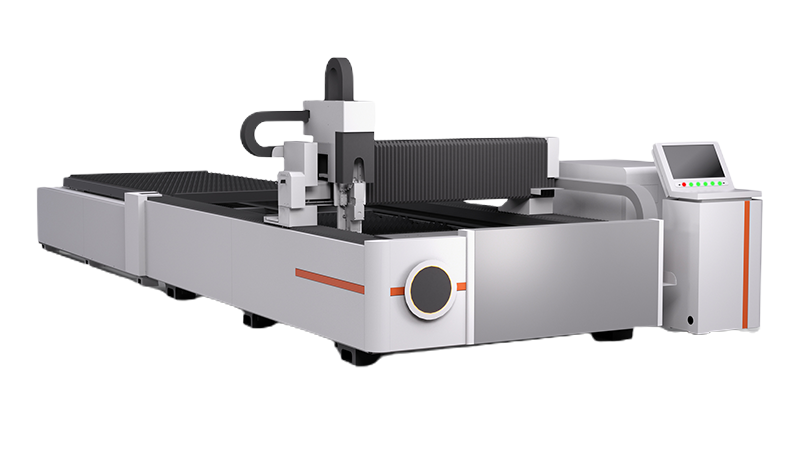
Advantages of Laser Cutting
Why should you consider laser cutting over traditional cutting methods? The advantages are plenty, and they go beyond just precision and speed.
First, laser cutting offers unparalleled accuracy. Whether you're cutting intricate patterns or simple shapes, the precision is unmatched. This accuracy minimizes material waste, which is a significant cost-saving factor in manufacturing.
Second, laser cutting is incredibly fast. Compared to mechanical cutting methods, lasers can zip through materials in a fraction of the time. This speed doesn't compromise the quality of the cut, making it ideal for high-volume production.

Laser Cutting in Different Industries
Laser cutting isn't just for one industry; its applications are as varied as they come. Let's explore how different sectors are utilizing this technology.
Metal Fabrication By Laser Cut
In the metal fabrication industry, laser cutting is king. From automotive parts to aerospace components, laser cutting provides the precision and strength required to cut through tough metals. The ability to create intricate designs quickly and accurately makes it indispensable in these industries.
Electronics and Circuit Boards
When it comes to electronics, precision is non-negotiable. Laser cutting is used to create micro-circuits and engrave delicate components. The technology allows for the creation of tiny, intricate patterns that are impossible to achieve with traditional cutting methods.
Textiles and Fashion
Laser cutting is making waves in the fashion industry too. Designers use it to create intricate lace patterns, detailed embroidery, and even cut out entire garments. The precision and speed of laser cutting allow for creativity without compromising on quality.

Key Considerations When Choosing a Laser Cutter
Selecting the right laser cutter isn't as simple as picking the one with the highest power. There are several factors to consider.
First, consider the power and speed. Higher power means you can cut through thicker materials, but it also comes with higher energy consumption. Speed is essential for high-volume production, so you'll need to balance these factors based on your needs.
Second, software compatibility is crucial. Ensure that the laser cutter is compatible with the design software you intend to use. This compatibility can save you a lot of headaches down the road.
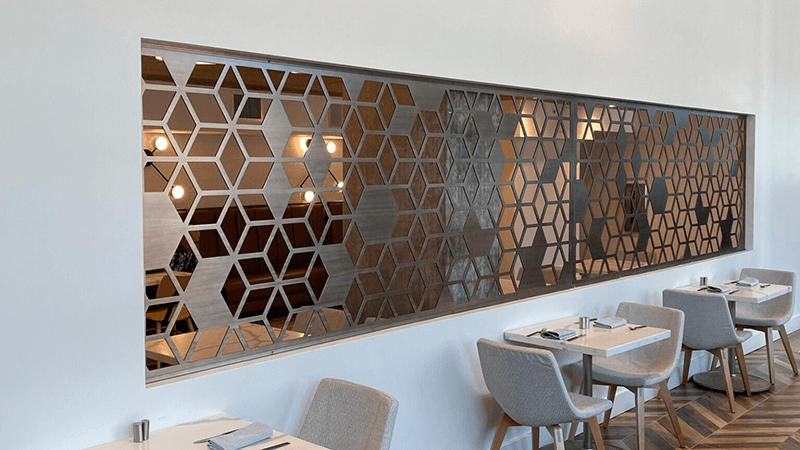
Common Challenges and How to Overcome Them
Like any technology, laser cutting comes with its challenges. But don't worry; most of these can be easily managed with the right know-how.
Material Limitations
Not all materials are laser-friendly. Some, like PVC, can emit harmful gases when cut. Always check the compatibility of the material with your laser cutter to avoid any nasty surprises.
Maintenance and Downtime
Laser cutters require regular maintenance to keep them running smoothly. This includes cleaning the lenses, checking the cooling systems, and calibrating the mirrors. Scheduled maintenance can prevent unexpected downtime, which can be costly in a production environment.
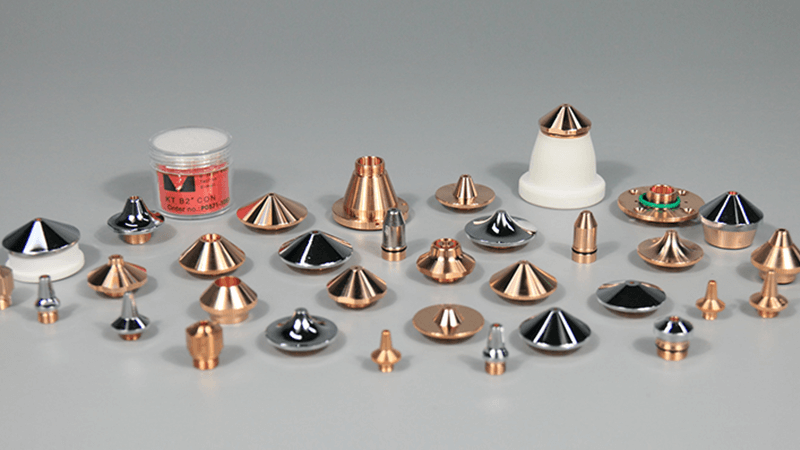
Future Trends in Laser Cutting Technology
The future of laser cutting is bright, with several exciting trends on the horizon.
One trend is increased automation. Automated laser cutting systems can work around the clock, increasing productivity and reducing labor costs.
Another trend is the development of eco-friendly cutting solutions. As industries become more environmentally conscious, there's a growing demand for laser cutters that use less energy and produce fewer emissions.
Conclusion
Laser cutting is more than just a cutting-edge technology (pun intended); it's a game-changer in multiple industries. Whether you're in metal fabrication, electronics, or fashion, laser cutting offers precision, speed, and versatility that traditional methods can't match. With advancements on the horizon, there's never been a better time to invest in laser technology. Welcome to contact us if you have any problem.
Here are some blogs relating to fiber laser cutting machine.
1>. Cutter Laser Machine: Your Comprehensive Buying Guide.
2>. Why Cutting by Laser is Superior to Traditional Cutting Methods?
3>. Top 10 Laser Cutting Machine Companies in the USA.
4>. How Much Does a Metal Cutting Laser Cost? A Comprehensive Pricing Guide
5>. Top 10 Laser Cutting Machine Companies in China?
References
1>. "Complete Guide to Laser Cutting", from Amazon.
2>. "Laser cutting: The ultimate guide", from Sculpteo.


